DIY Kalimba Kit 10 notes to make
14,49 €
Features:
-10 DIY kalimba keys, enjoy the pleasure of handiwork, you can paint whatever you like on the pieces before assembling them.
Top-of-the-range configuration, the perfect tone.
-Simple and fun to build, perfect gift.
- List of products:
-1 x Kalimba main body
-10 x tone key
-2 x Screws
-1 x Bridge
-1 x bridge nut
- Material: Basswood
- Color: Wood
1×10 Kalimba keys DIY kit
Out of stock
DIY Kalimba Kit 10 notes to make
Number of keys: 17 keys
Body material: Pine wood
Keyboard material: Stainless steel
Wood type: Solid wood
Target group : Beginners / professionals
Type : Thumb piano
Number of tones: 17
DIY kit features :
- Made of high-quality pine.
- The sound is clear and full.
- The keys are made of metal, for added strength and a clear, ethereal sound.
- Notes engraved on the keys, easy to learn.
Play along and develop your musical talent!
Product weight : 301 G
Product dimensions (L*W*H): 180*130*30 MM / 7.09*5.12*1.18 Inches
DIY kit packaging weight: 383.0 G
Packaging dimensions (L*W*H): 210*150*60 MM / 8.27*5.91*2.36 Inches
The DIY kit package includes:
1 Kalimba with 17 keys
1 Tuning hammer
1 Velvet bag
1 Cleaning cloth
1 Red and green stickers
Build your own Kalimba at home to study, create music and develop your creativity with this DIY kit.
In your daily life, you must surely try to incorporate fun activities. If you don't know what to do with your days, you can now decide to make a kalimba yourself with this DIY kit.
With this DIY kit, you'll have everything you need to make your own 10-note kalimba. It's a fun way for you, your family or your children to learn about this unique African instrument.
You'll love playing with your own self-made kalimbas with this DIY kit.
We highly recommend this DIY kit, as it offers you the chance to make an original activity while learning and having fun. It's also a fun activity that parents can do with their children. We hope you'll be able to make some great kalimbas with this DIY kit!
The original Hugh Tracey 1968 Kalimba manual
When Hugh Tracey made his new kalimbas in 1954, there were only a few people in the world who could play this non-traditional African instrument.
But what about people in Africa? Didn't they also play the kalimba? Yes, but they played instruments with different designs, tunings and chords. The Hugh Tracey Kalimba was a new instrument in the kalimbas family, ideally suited to Western music.
Hugh's eldest son, Andrew Tracey, went to Oxford to study music, so that he could write a manual for the Hugh Tracey kalimbas.
Hugh Tracey, the man who started making commercial kalimbas in South Africa in the 1950s, used to play J.S. Bach's "Jesu, Joy of Man's Desiring" on the Treble Kalimba to promote the new instrument.
But there was a huge gap between what the Traceys (Hugh and his sons Andrew and Paul) could do on this instrument and what the rest of the world could do. The solution to this problem was for Hugh and Andrew to write the 1968 kalimba instruction manual.
At the time, this manual was supplied free with every Hugh Tracey Kalimba.
History of the kalimba
As the mbira spread across Africa, distinct clans or tribes each created their own version. Over time, each group made modifications to the instrument's design, such as the number of teeth on the instrument or the type of board or calabash used to mount the mbira.
The mbiras have also been given special tunings by each group to support their unique music. The kalimba/mbira is a truly flexible instrument.
One of the main routes for the proliferation of these instruments developed when enslaved Congolese were moved to Africa and used as porters (in effect, human beasts of burden) by their Belgian captors in the late 1800s and early 1900s.
These people wore their own kalimbas and introduced them to many groups of Africans who had never seen them before. The Bushmen of the Kalahari desert, isolated and nomadic, were not exposed to the kalimba until the 1950s.
In addition to the great variation in the instrument's design and sound, each group of people used the mbira differently in their social lives. In some African cultures, the mbira (and its modern descendant, the kalimba) is a personal instrument of choice, to be carried along to pass the time.
In some places, it is a celebratory instrument for weddings, or an instrument to be played by kings. It is widely used as an instrument to accompany the voice.
There's a saying that goes: "The kalimba without the singing is like rice without the beans". And in some societies, it's a tool for attracting the spirits of ancestors, making them return for a time so that their advice can be heard.
The history and prehistory of the kalimba/mbira are diverse and rich. In the 21st century, we can choose to look to the past and learn traditional songs, or we can choose to look to the future and invent something new, as Africans have always done.


Be the first to review “Kit DIY Kalimba 10 notes à fabriquer”
Related products
Kalimba 17 Notes
Kalimba accessories
Kalimba instrument
Kalimba instrument
Kalimba instrument
Kalimba 17 Notes
Kalimba 10 Notes
Kalimba instrument

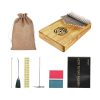
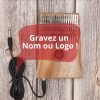
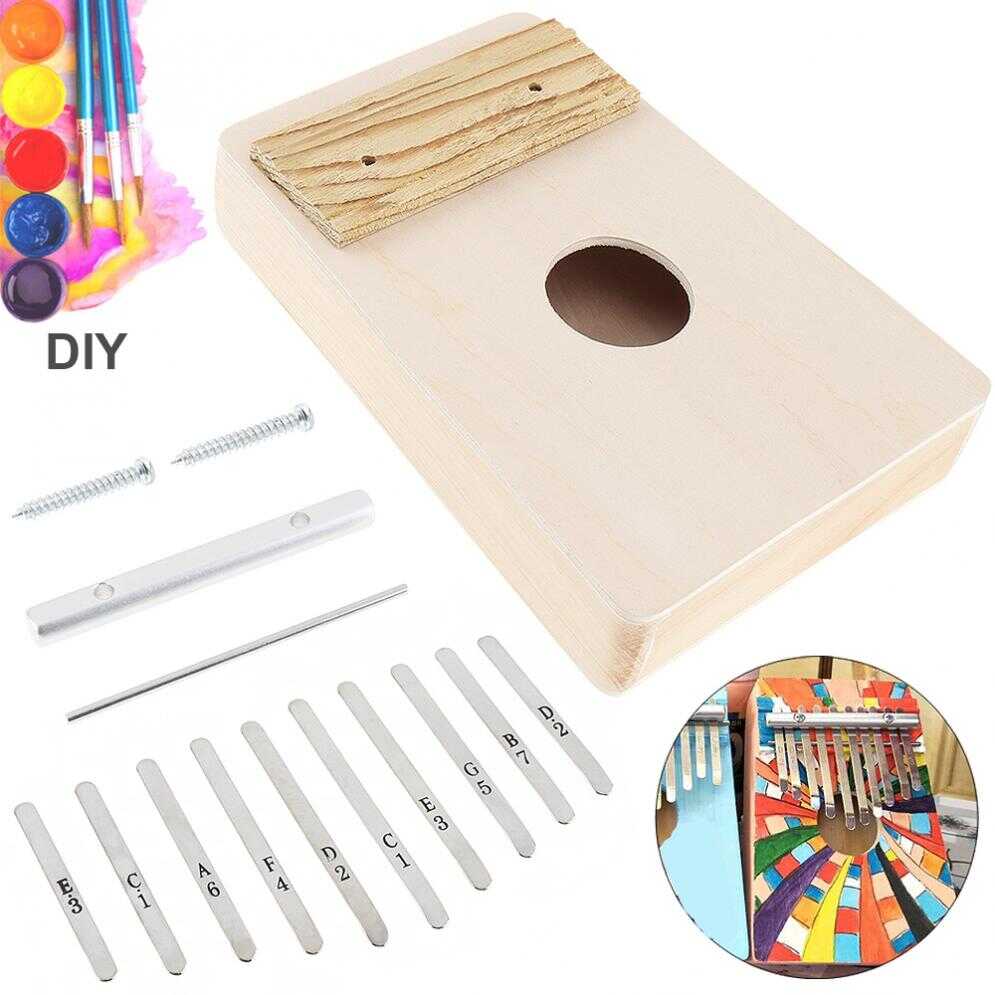
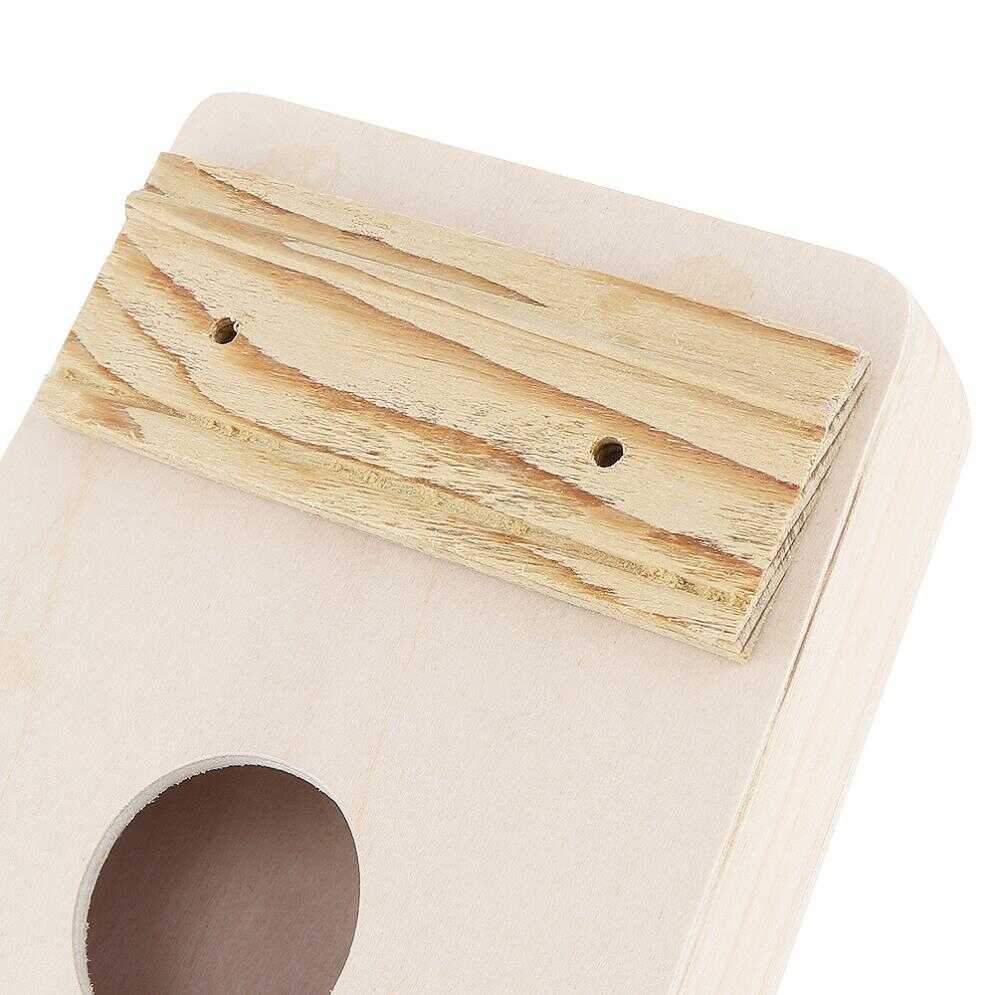
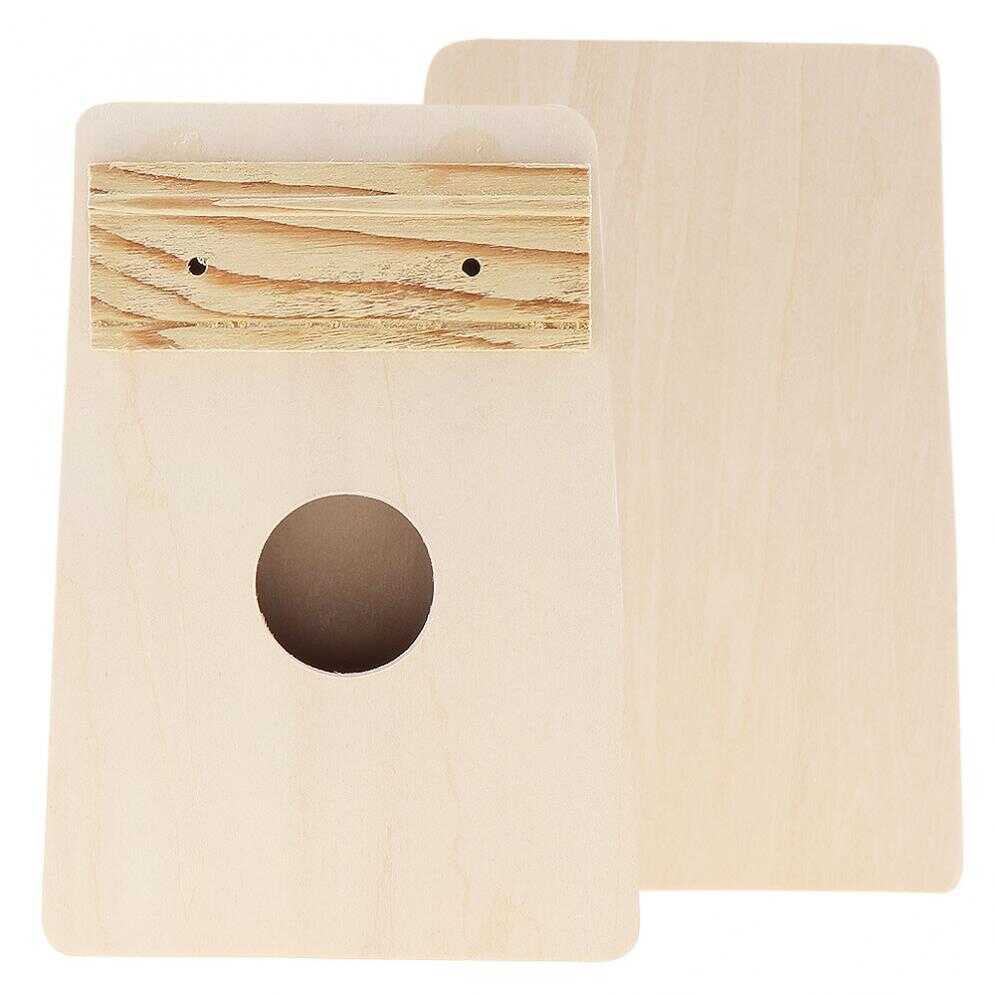


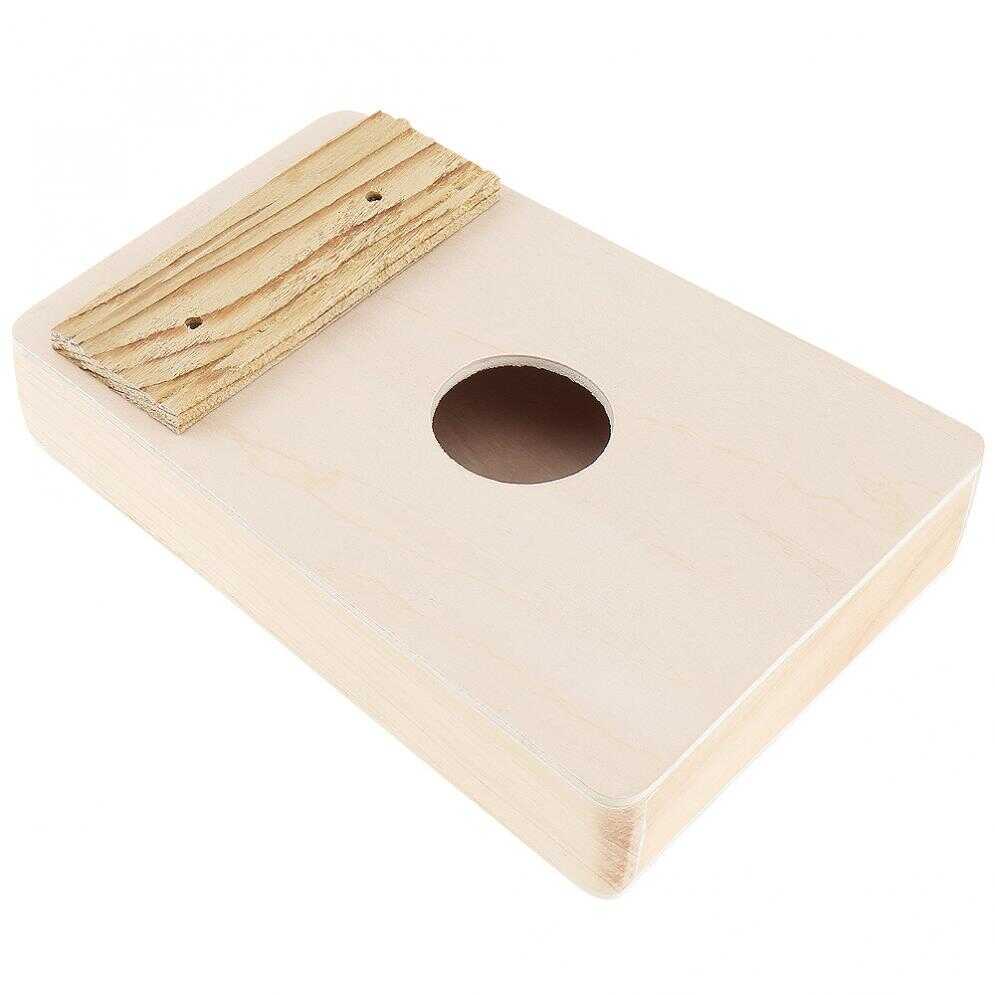

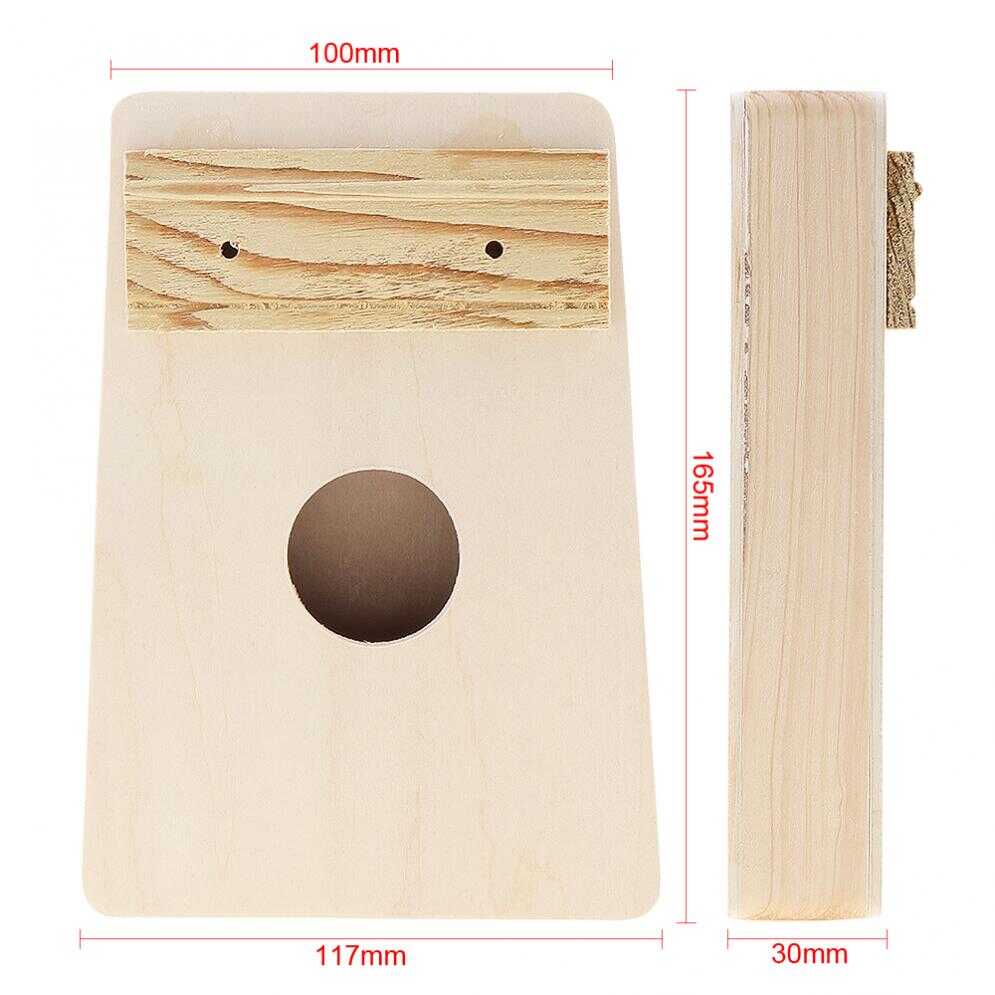
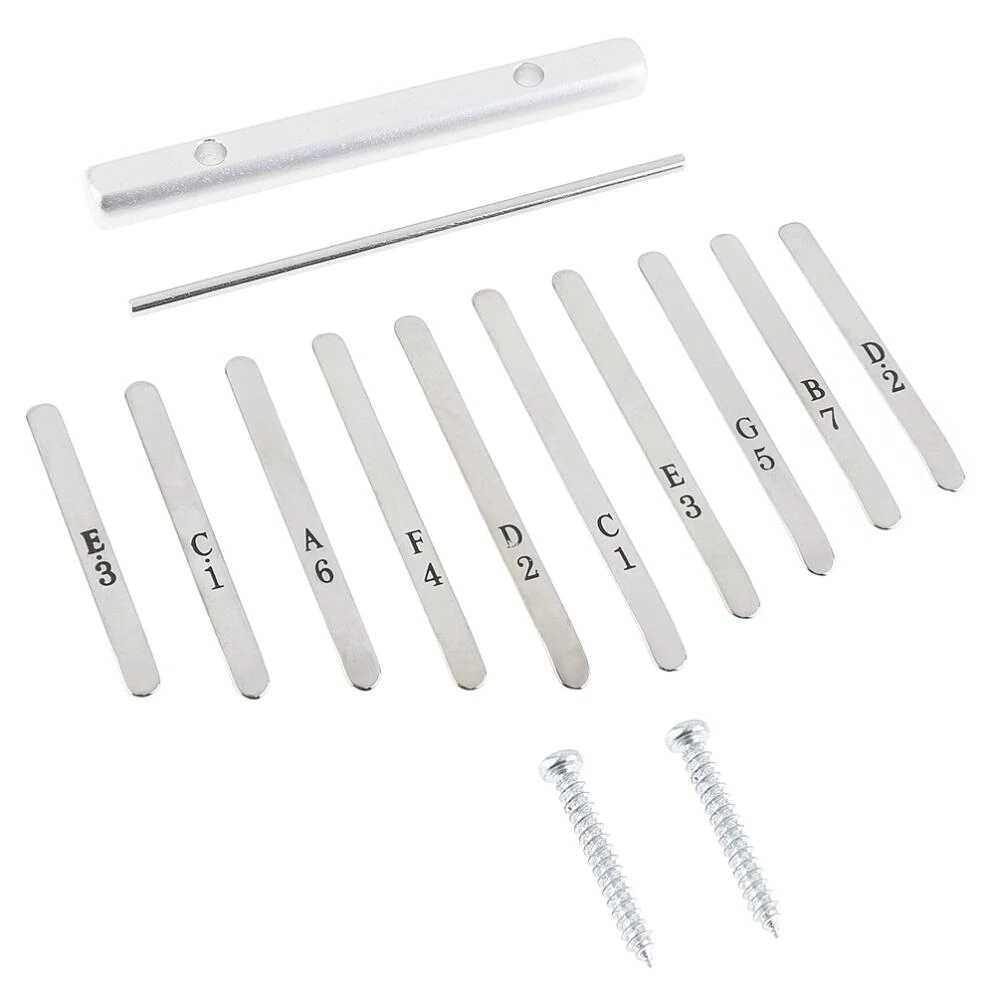
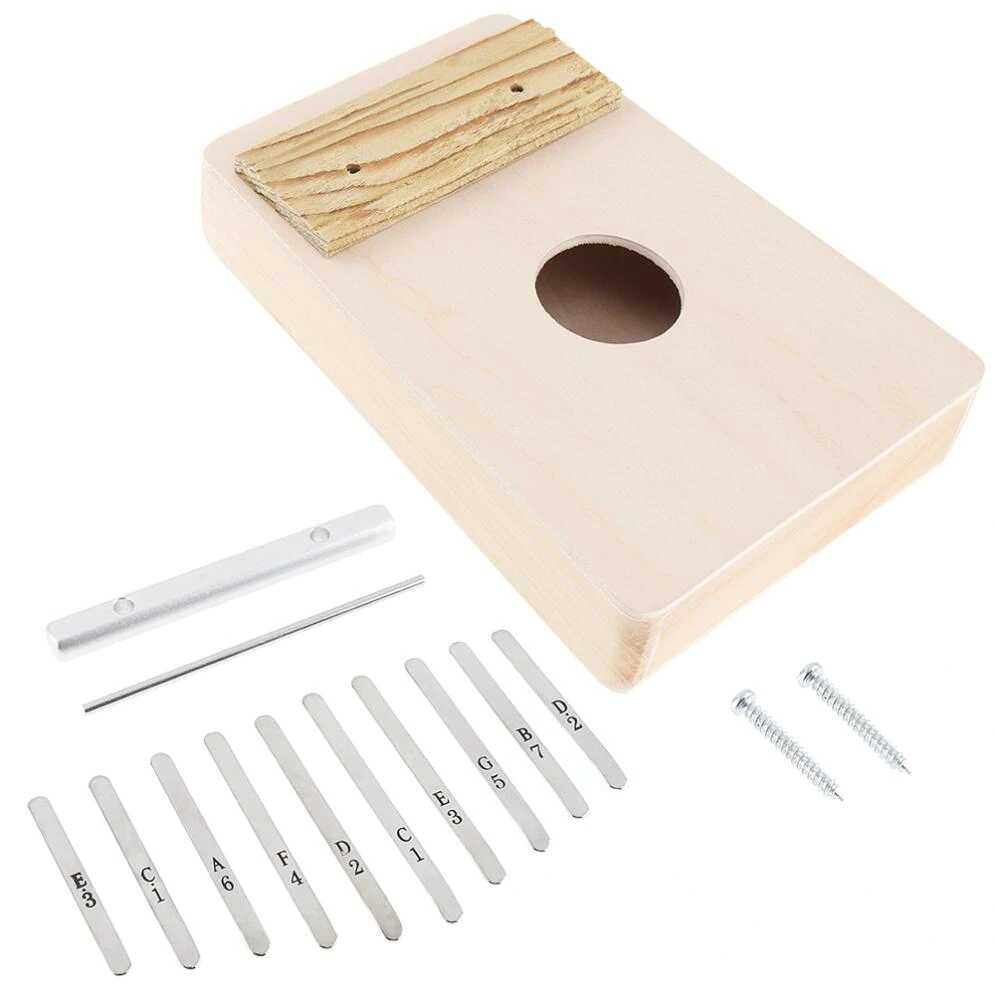
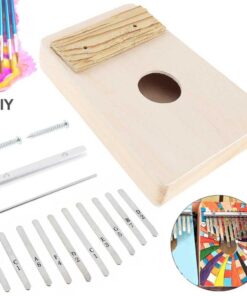

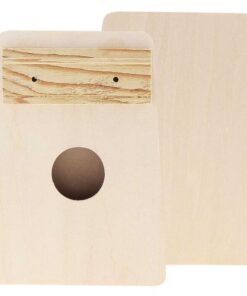
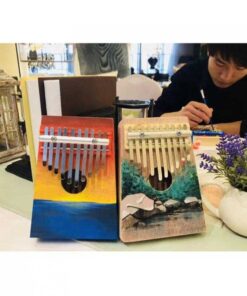
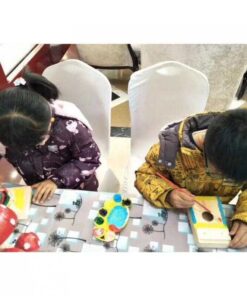
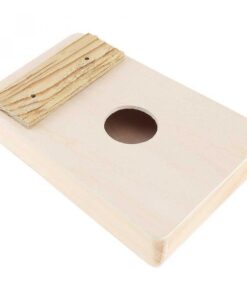
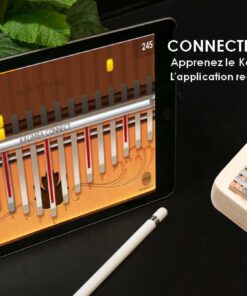
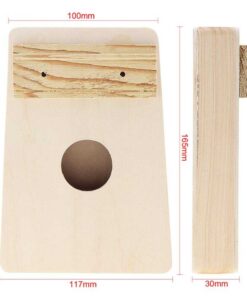

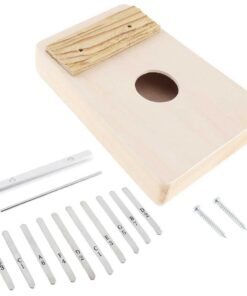

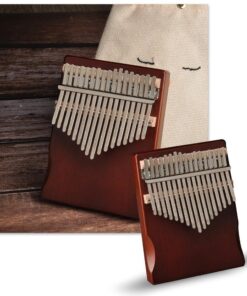

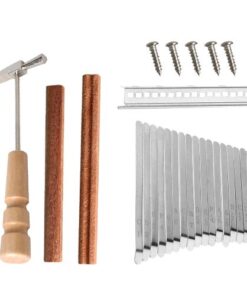
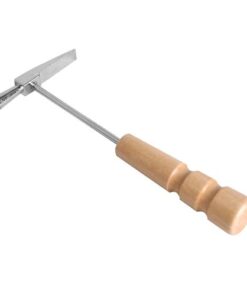
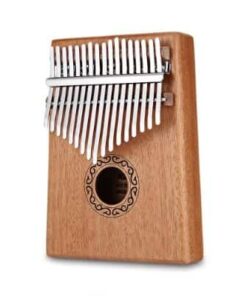
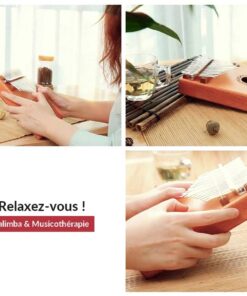
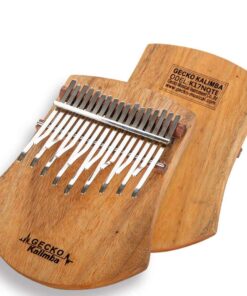
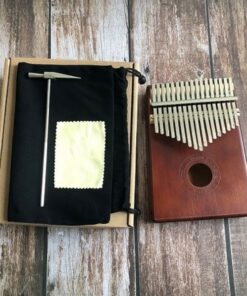
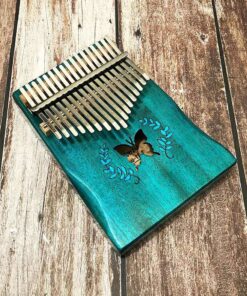
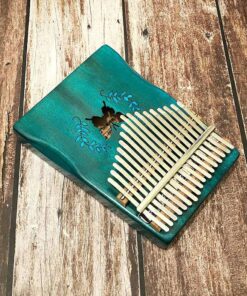

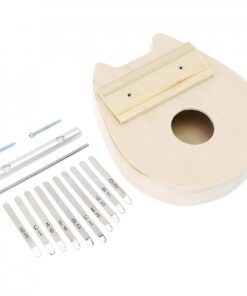
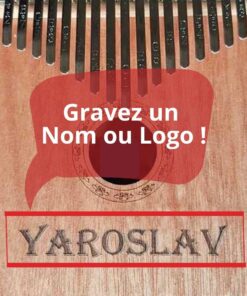
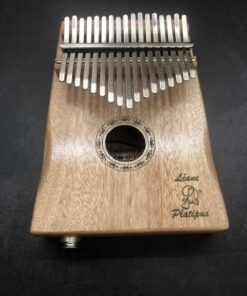
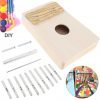
Reviews
There are no reviews yet.